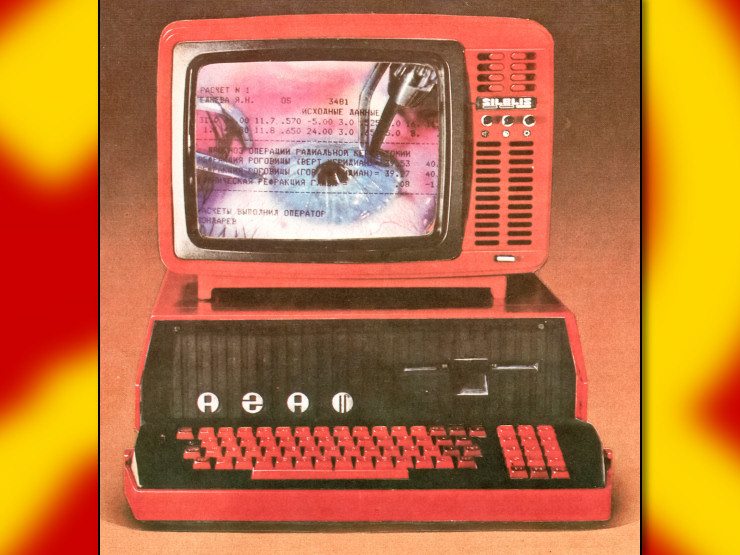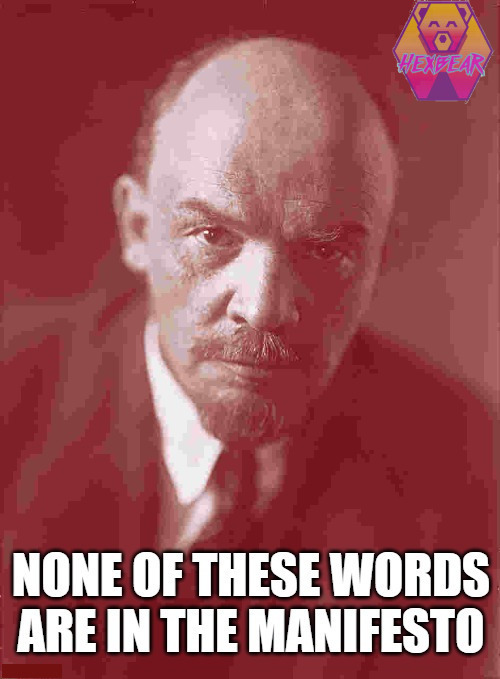the point here is that they used a fiber optic which was already carrying internet traffic to send half of a bell state and then did quantum teleportion using the classical channel (see my other comment for explanation of what quantum teleportation is).
sending quantum states has applications like networking quantum computers, but also stuff like Quantum Key Distribution which is fundamentally impossible to eavesdrop on due to results like the no-cloning theorem! its like public key cryptography but the security is guaranteed by the known laws of physics.
Wait so could you keep two computers in sync by sending each one half of this bell state thing but with no direct communication between the two synced computers?
no the point is that you can transfer /quantum/ states by only directly sending /classical/ information
nope, anything with quantum needs a point-to-point connection per server. If you have multiple servers, you need to connect everything to everything else individually. This stuff is not networkable.
I still dont j derstand what quantum teleportation is and I'm afraid I'll never have the fundamental maths knowledge to understands.
i started writing out a little essay but decided instead to give you the gist: a single qubit state can't be perfectly transferred with only an finite amount of classical information because it corresponds to a point on a sphere (so we would need to transfer latitude and longitude to arbitrary precision). Also, measuring a single qubit only gives one bit of information. However, if both parties share an entangled state (called a Bell state), I can entangle my qubit with my half of the bell state and THEN measure it. Then, my partner can do some operations that depend on what I measure to their half of the bell state, and they will end up with the same qubit I originally had.
In the process, my original qubit will be destroyed - its not possible to duplicate a qubit, interestingly. This is called the no-cloning theorem.
There is no superluminal possibility here, because the classical information to "teleport" the state still needs to be transferred - which is limited by causality. Quantum mechanics is "nonlocal" only because it doesn't take into account relativity, when we add relativity we do get a causal theory.
So is it "once i measure the doohickey on my end i know what the doohickey on the other end" looks like instead of "i can transfer information at ftl speed" ?
Like, idk, how a 2fa authenticator program generates the same codes even when it's not connected because of clocks and encryption or something?
close! Let me give some more detail.
There are 3 "objects" to consider here
- the initial state I want to teleport, call it |ψ>
- the bell pair, |β₀₀>, which consists of /two/ entangled photons "P1" and "P2".
First, I make a bell pair (P1,P2), and apply some quantum operation interacting P1 with |ψ>. Then I measure P1 and |ψ>, which will give me two bits of information "M1","M2". I send to my friend over the optical fibre: the photon P2 (quantum), and M1,M2 (classical). Then, they can apply some operations which are decided by M1,M2 onto P2 and they will get back the original state |ψ>.
Show
there is an analogy to RSA (if you're familiar), where the shared bell state is kind of like the key pair, encryption corresponds to combining the original state and measuring, and decrypting corresponds to applying the operations to the other half of the bell pair.
The advantage here, over sending the initial state |ψ> directly over the optical fibre, is that the bell state can be established by e.g. a third node sending half of a bell pair to each party, so that we only need to communicate classically to achieve quantum teleportation.
But also, quantum teleportation is a means of moving quantum states between different /types/ of qubit - of which there are many, which are good for different things.
It’s a quirk of quantum mechanics that implies a possibility of superluminal communication but afaik most people think it probably can’t be used for that because of reasons that are more complicated than I care to understand .
That’s pretty much what I’ve gathered after one of the Xenosaga games made me aware of it.
No, quantum teleportation is more akin to Star Trek teleportation whereby you disassemble the original object, transmit the information, then rebuild it using a different medium.
(More technically, you apply an operation to a qubit which is non-reversible so its original state is lost if it was not already known, but you gain enough information from this process to transmit it over a classical channel which the recipient can then use that information to apply operations to a qubit they have which places it in the same quantum state as the original qubit.)
The middle step here requires the transmission of information over a classical communication channel, and so it can't be used to send signals faster than light.
(I would go as far as to argue there is nothing nonlocal in quantum mechanics at all and the belief there is anything nonlocal is a misunderstanding. I wrote an article here on it that is more meant for laymen, and another article here that is more technical.)
There is a communication-related benefit to quantum teleportation, but not for superluminal communication. Let's say you have a qubit you want to transmit, but your quantum communication channel is very noisy. Using quantum teleportation will allow you to bypass it because you can transmit the information classically, and classical communication channels tend to be very robust to noise.
(The algorithm requires a Bell pair to be shared by the sender and receiver in order to carry it out, and so this might seem like it defeats the purpose of bypassing the quantum communication channel. However, you can establish a Bell pair over a noisy channel using a process known as quantum distillation.)
I'll try to translate this into Gamer
Imagine you have a videogame emulator with a savestate. You want to find information about the savestate, but everytime you look at the screen, the emulator crashes, so you can only see one frame.
So you clone the savestate a bunch of times, then send the savestate and some TAS inputs over the internet to some other computers running the same emulator.
Now when you crash the first computer on the first frame, the next on the second frame... you will get way more information about the mysterious savestate.








